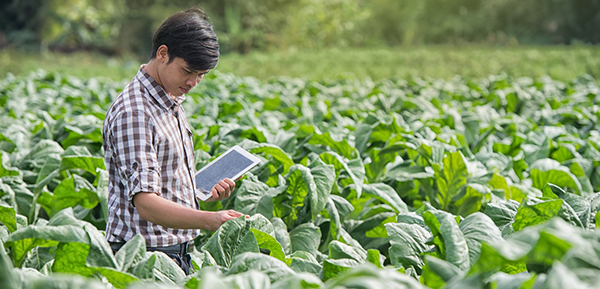Do students and researchers know how to find their way in today’s information environment? Do they, for instance, have the skills to find the right databases, enter the right search terms, discover the most appropriate information for their learning and research and use it in the most appropriate way?
The paper-centric library or research centre world required only that a user know the general location of what they needed – as long as the student or researcher knew the right file drawer, file cabinet, or file room, it was relatively easy for them to locate the right information. The general nature of a good filing system allowed documents to be segmented in a hierarchical manner by placing smaller folders within larger ones, which could then be arranged via topics, dates, or other criteria.
However it is now beyond doubt that the internet has revolutionised the way that information and research is discovered, accessed and used. Information which once needed specialist skills to find is now widely available and searches which once took days of painstaking work can now be done in a matter of seconds.
The amount of potential knowledge at a user’s fingertips is staggering, although this only compounds the problem of finding exactly what they need. Therefore, it is extremely useful if the information is organised, grouped and reviewed. Simply replicating the outmoded paper-centric file folder model, while helpful, is not enough to truly make finding information easier.
Students and researchers are very reliant on library catalogues, databases and staff advice. Although Google, Google Books and Google Scholar are heavily used, the library catalogue is still the preferred first choice for most users. A lot of students and researchers may use Google regularly but are often bewildered by the amount of results and will rarely look beyond the first couple of pages of search terms.
Some users will employ a discipline-specific database to access research. These students and researchers have probably had more experience of accessing information and some use these databases almost exclusively. However, this means they are dependent on the content of the database.
When students and researchers need food science and technology information, typically they need it immediately, promptly, straight away – NOW. As a librarian or information professional you probably don’t have time to explain the various methods by which they could laboriously search through every journal, book, review, report, or document your institution has to offer.
Download our introductory overview Food science and technology information resources – Part 1: Searching and sources, which will guide students and researchers to the information they need and various sources they may encounter.


